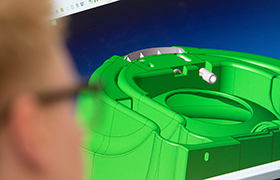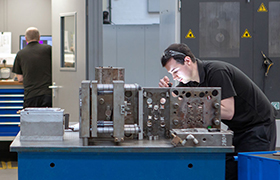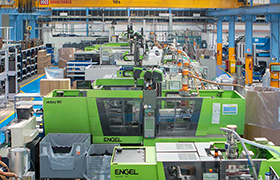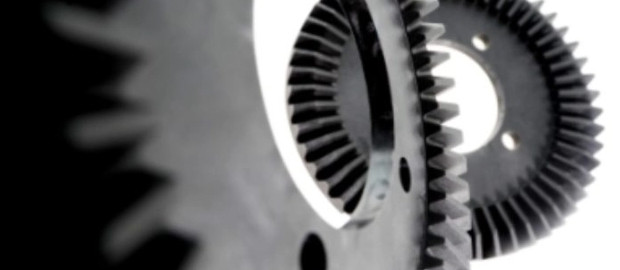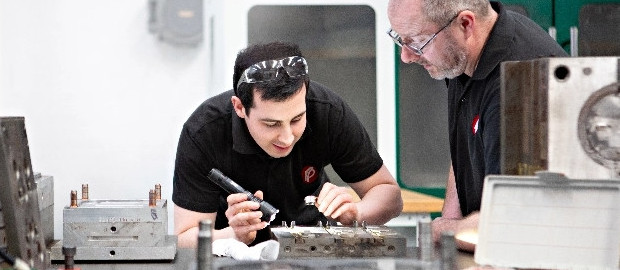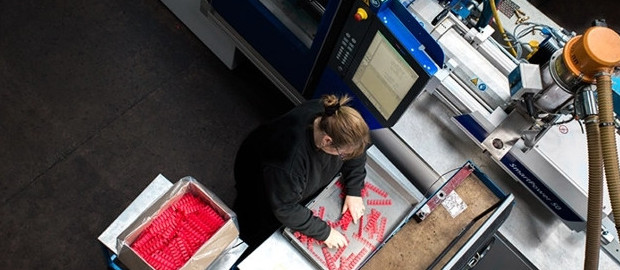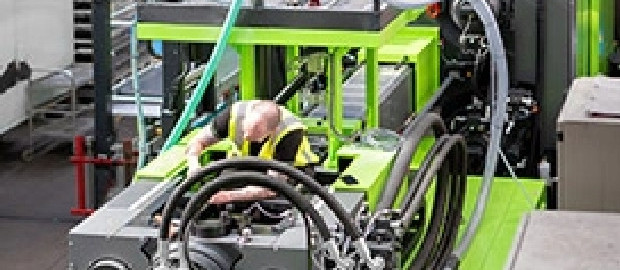FOCUS ON PLASTICS – UTILITIES
Plastics are increasingly used in utilities applications – gas, water, telecommunications, etc. They offer reliability due to leak-free delivery of services, and maximum efficiency due to the smooth bores of plastics pipes. Plastic pipes and fittings have a non-porous structure and are non-corrodible all of which means that there is minimal slime build up or scaling. Flexibility of plastics is also a factor making them less susceptible to fracture with movement of the surrounding soil. The durability of plastic materials means that the life expectancy is often greater than 100 years.
The other big advantage is the light weight of plastic products making transportation and installation not only easier but also more environmentally friendly. One further advantage is that they can be colour coordinated for the relevant service, for example yellow for gas, blue for water, green for fibre optic cables, etc.
APPLICATIONS
The applications are varied.
Abstraction
Plastic pipe systems are widely used in this area. Firstly, plastic pipes are used in boreholes to prevent collapse and then to transport the extracted water. The most commonly used polymers are polypropylene, polyethylene and PVC.
Water Treatment
Water treatment can involve the use of some corrosive and aggressive chemicals. Certain plastics are very effective in their resistance to these chemicals and do not corrode. Plastic pipes and fittings are therefore often the first choice, especially in the delivery of chemicals to the treatment areas. Similarly, plastic materials are used in the water and chemical contact parts of pumps.
Materials used in this area are usually polypropylene, PVC and PVDF.
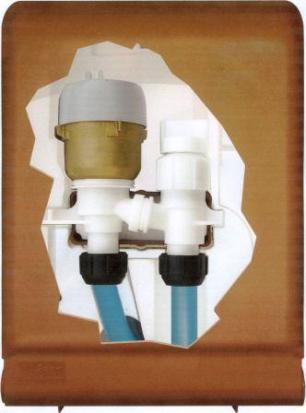

Water Distribution
In the past various metal pipes have been used to carry water including iron, lead and copper. However, water quality is of the utmost importance and plastic pipes do not contaminate drinking water. Also, increasingly important is the issue of leakage and plastic pipe systems minimise leakage.
All new homes and many older ones have meter systems. Most of the parts in these are manufactured in plastic from the inspection cover and outer casing to the meter parts themselves.
The polymers most widely used are PVC and polyethylene for pipe systems delivering to homes and businesses, polypropylene inside the home and acetal in metering.
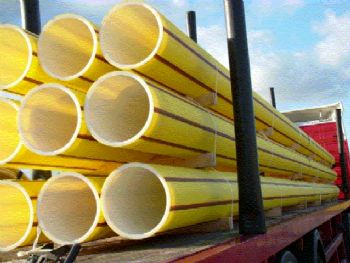
Gas Distribution
The issue of leakage is even more critical in the case of gas, and plastic pipe systems offer very high integrity. Pipe is available in long lengths on a coil so reducing the number of joints and therefore the leak risk. The pipe is flexible so it is not affected by movement of the soil even during earthquakes. Another major advantage is their long-term resistance to temperature, weathering, bending, internal pressure and abrasion.
The material used is polyethylene.

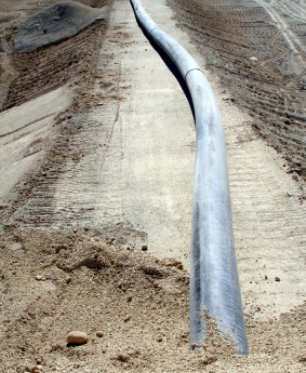

Communications
There are an increasing number of underground cables, from traditional telecommunications cables to fibre optic networks for internet and cable television as well as traffic cameras. In the past cables have been buried in the ground but now they are usually protected by plastic pipes to prevent damage from road works or even rodents.
The most commonly used materials are PVC and polyethylene.
Waste and Drainage
Waste and sewage systems also use plastics widely, from the pipes to the linings of manholes and the manhole and inspection covers themselves. Also, more large scale drainage applications including stormwater and land drainage constructed using large modular plastic mouldings.
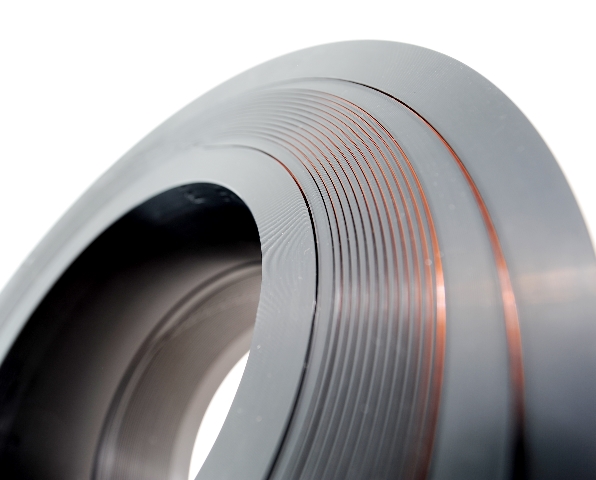
Jointing
All pipe systems need to be joined and there are a variety of methods:
Butt Fusion – Heating of the end s of the pipe to produce a melt and then pushing the two ends together to form a joint. This avoids the need for additional fittings but may not produce a strong joint. For certain applications a number butt fusion pipe fittings are used.
Bonding – In applications where ABS pipe may be used it is possible to use an adhesive for joining pipes and fittings.
Mechanical – The use of special flanges and gaskets with bolts to make the joint, for example.
Electrofusion – Fittings contain a coil of wire which have an electric current passed through them on site. The wire heats up and melts the plastic of the pipe and fitting so welding the two together.
Push Fit – Fittings with grips that form a joint as the name suggests.
The application examples provided in the above features will not be confined to products manufactured by Rutland Plastics.

